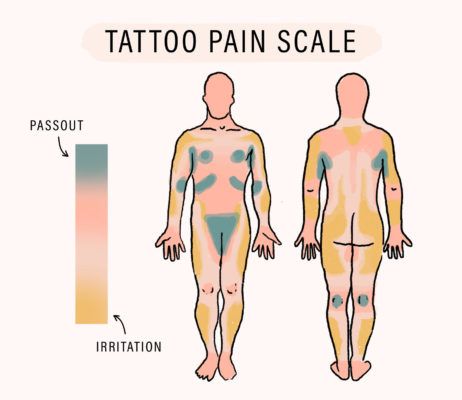
Human Body Pain Measurement
Dolorimetry has been defined as the measurement of pain sensitivity or pain intensity. Such devices are still in use but havent yet been widely accepted as reliable tools for pain measurement. Dolorimeters apply steady pressure heat or electrical stimulation to some area or move a joint or other body part and determine what level of heat or pressure or electric current or amount of movement produces a sensation of pain. Of course the current most popular way to gauge pain is through patient self reporting. Researchers best guess is that it is somewhere higher than 11 dol somewhere between childbirth and taking a blowtorch to your face. The claim a human body can bear only up to 45 del units of pain.
Sometimes the pressure is applied using a blunt object or by locally increasing the air pressu. Some common unidimensional pain scales. This is similar to 20 bones getting fractured at the same time this kid isnt even out yet and he needs a haircut. These pain scales are a simple way for people to rate the intensity of their pain. Hospitals and physician offices use a pain identification chart to help people assess their pain on a scale of one to 10. They use words images or descriptors to measure pain or pain relief.
The brief pain inventory bpi is another multidimensional tool. It requests the patient to indicate the site s of pain by shading a body diagram. The bpi is a 17 item self rating scale. Initially developed for cancer pain measurement it has been validated for assessment of pain in a wide range of chronic syndromes. Yet at time of giving birth a mother feels up to 57 del units of pain. A dolorimeter is an instrument used to measure pain threshold and pain tolerance.
Clearly there are a lot of factors to consider in the measurement of pain and in answer to the original question there is no ultimate threshold for pain in human beings.
Random Post
- ester exposito body measurement
- kang min kyung body measurement
- bra size guide uk
- nadia jamil body measurements
- tools for taking body measurement
- free body measurement tracker app
- body measurement watch
- kamala harris body measurement
- guidelines for taking body measurement
- jeanine mason body measurement
- arindam roy body measurement
- unit of measurement of body temperature in clinical thermometer
- sayani gupta body measurement
- ishan khattar body measurement
- reese witherspoon body measurement
- big ramy body measurement
- kushal tandon body measurement
- kalyani priyadarshan body measurements
- bicycle body measurement
- pia bajpai body measurement
- pooja hegde body measurements
- palina rojinski body measurement
- sana sayyad body measurement
- body weight measurement of cow
- judy greer body measurement
- body temperature measurement unit
- cinta laura body measurement
- emmy bre body measurements
- difference between male and female body measurement
- whole body vibration measurement
- jill wagner body measurement
- ideal body measurements wrist
- tekscan body pressure measurement system
- leekeworld art body measurements
- measurements to figure out body shape
- mckayla maroney body measurement
- sushant rajput body measurement
- varun sharma body measurement
- body measurement aisha tyler
- body measurement hip
- body measurement of farhan akhtar
- dolph ziggler body measurement
- car body measurements
- supriya karnik body measurement
- nia jax body measurements
- madison beer body measurement
- body measurement fat
- mahima chaudhary body measurement
- slim body measurements
- free printable body measurement chart for sewing



















.jpg)












/lower-leg-pain-172456873-5af2da9e3de4230038de3146.jpg)




:max_bytes(150000):strip_icc()/Depositphotos_27350621_original-56a05ea95f9b58eba4b02615.jpg)

.png)
